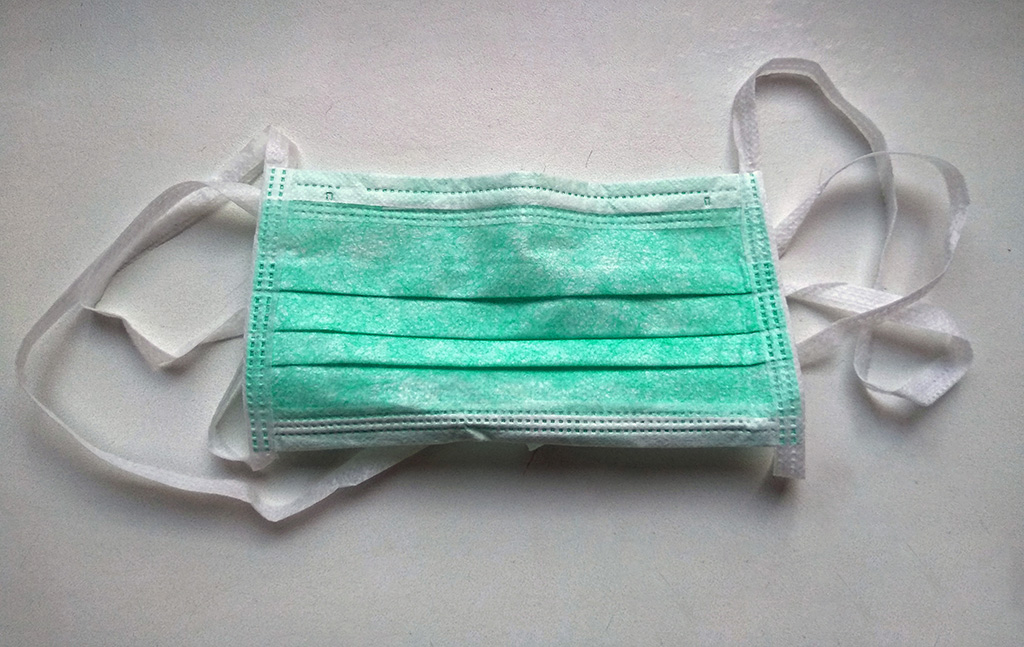Two hairstylists in Springfield, Missouri complaining of respiratory symptoms tested positive for COVID-19 in May of 2020. They continued working at their job for approximately one week until they got back the positive test results for the virus.
During the seven day period, both hair stylists and 139 clients that they serviced wore face masks. There was not one case of transmission of the disease to their customers. However, they transmitted the disease to members of their household.
In December, 2020 deaths due to COVID-19 became the leading cause of deaths in the United States. More people die from COVID on daily basis than from cardiac disease or those who died on 9/11 or from hurricane Katrina. Experts suggest that the dark winter in the United States might turn into a black hole.
Regrettably, too many people doubt the experts and evidence that wearing a mask slows down or prevents the spread of the coronavirus from one person to another. Masks coupled with other precautions save lives.
Purpose of Face Masks and COVID-19
Face masks act as a shield minimizing the exposure to SARSCoV-2, the virus that causes COVID-19. Respiratory viruses enter the atmosphere as droplets or aerosols. Droplets are the large, visible particles that can land on you or on surfaces. Aerosols are microscopic particles that can linger in the air surreptitiously.
When a COVID-19 person breathes, talks, shouts, cough or sneezes, the virus takes flight joined to droplets or aerosols searching for a person to infect so that it can survive and replicate. Masks protect the wearer and other people from the virus.
Different Types of Face Masks
Cloth Masks

Cloth masks vary in effectiveness depending on the material being used, how well they fit and the number of layers. They’re used to trap droplets and aerosols contaminated with the COVID-19 virus.
Such masks are made from common materials. For instance, a double layered, cotton T-shirt mask, some say, can block one half (50%) of COVID-19 aerosols from reaching you. They’re inexpensive to make and useful when other masks are in short supply.
Surgical Masks

In the operating room, surgeons and scrub nurses wear surgical masks, put on sterile gowns and use sterile gloves to protect the patient from getting infected from the operating team. The anesthesiologist must wear a mask and be properly attired as well as the circulating nurses in the O. R. Proper caps and shoes must also be worn. Anyone entering the operating room must wear a mask that fits snuggly over the nose and mouth and be properly attired.
Surgical or medical masks are two layered cotton face coverings that go over the nose and mouth. They protect the wearer from harmful COVID-19 droplets and aerosols and bacteria. They protect others from respiratory secretions of the wearer.
About a century ago, in the 1920s, the surgical mask was first used in the operating room in Germany and then in America. The use of face masks outside the operating room has a long history of reducing the transmission of disease; its effectiveness has been generally accepted for many decades.
N95 Filtering Mask

An N95 mask offers more protection than a cloth or surgical mask. It’s designed to filter—block 95% of aerosol particles. Some N95 masks have a one way valve that makes it easier to breathe through. Many places have banned their use since the wearer can populate the atmosphere with germs when he exhales.
Consistent and correct use of face masks slow the spread of COVID-19 and save lives. It will be many months before the United States reaches herd or population immunity. In the meantime, «Mask On!» to protect yourself and others the coronavirus.
References
- Christiane Matuschek et al; The History and Value of Face masks; European Journal of Medical Research, published online, June 23, 2020
- Steinbrecher, Lauren (25 June 2020). «Utah’s faith leaders urge followers to wear masks in public». Fox News
- Laura R. Garcia; Jones, Amy E.; (5 May 2020). «Facial protection for healthcare workers during pandemics: a scoping review». BMJ Global Health
- Joseph R. Anticaglia, MD; Mask-Up The Reasons I "Don’t Leave Home Without Wearing a Face Mask; Doctor’s Column HC Smart, January 2021
- Juan Carlos Rubio-Romero, et al; Disposable masks; Saf Sci. 2020 Sep;
- Lynne Peeples; Face masks: what the data say; Nature, October 6, 2020
- CDC: I Wear a Mask because…; November 3, 2020
This article is intended solely as a learning experience. Please consult your physician for diagnostic and treatment options.

